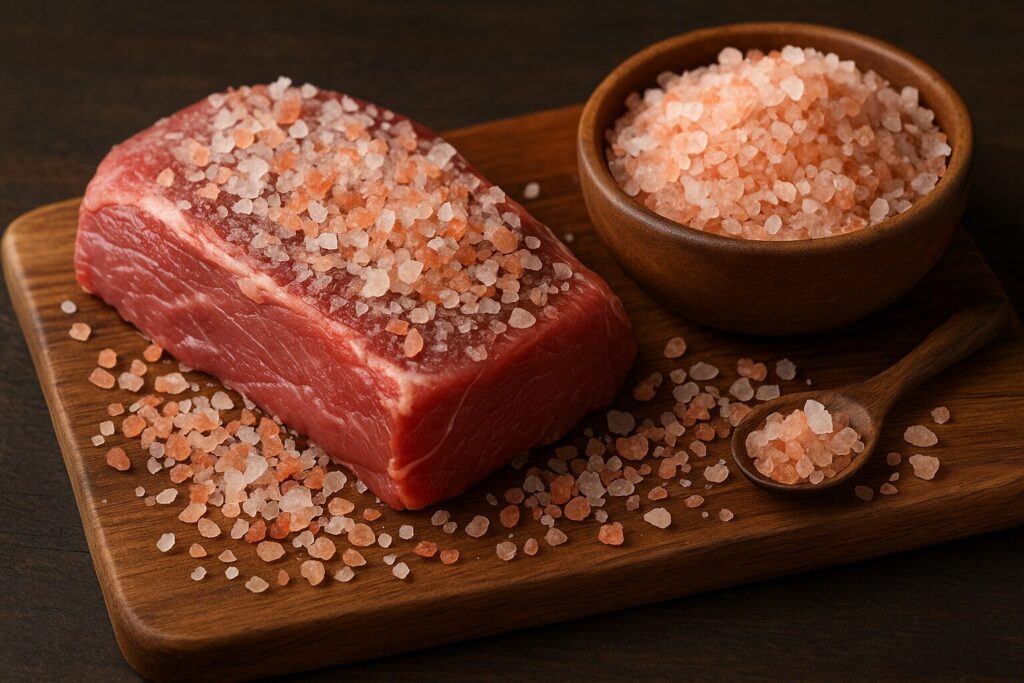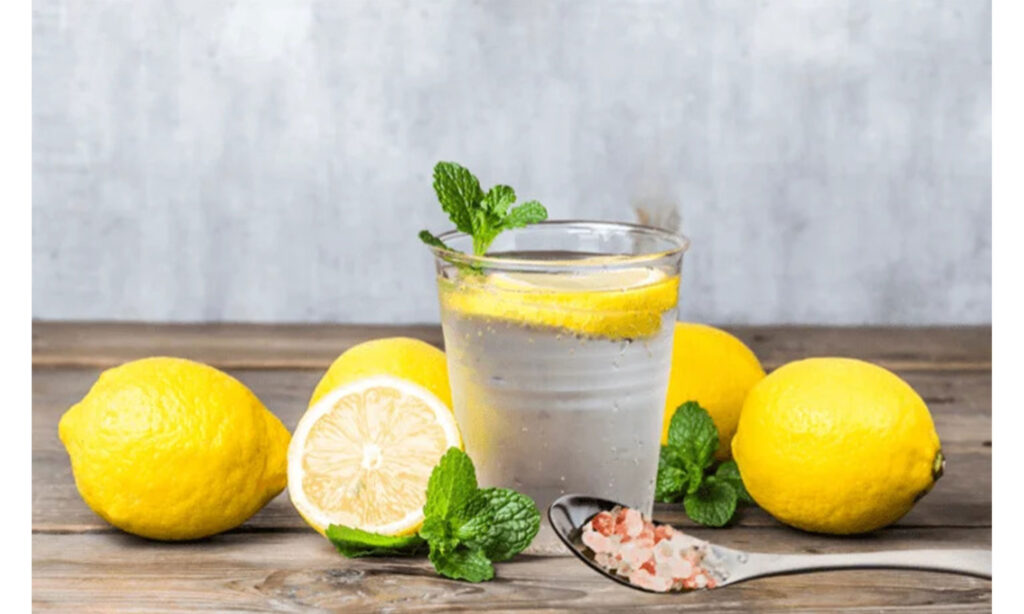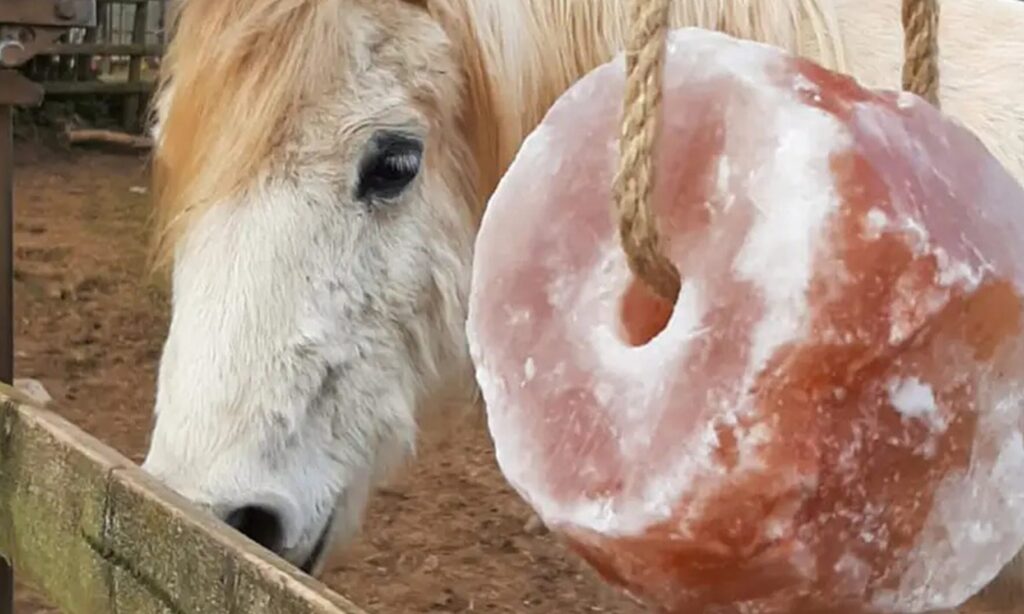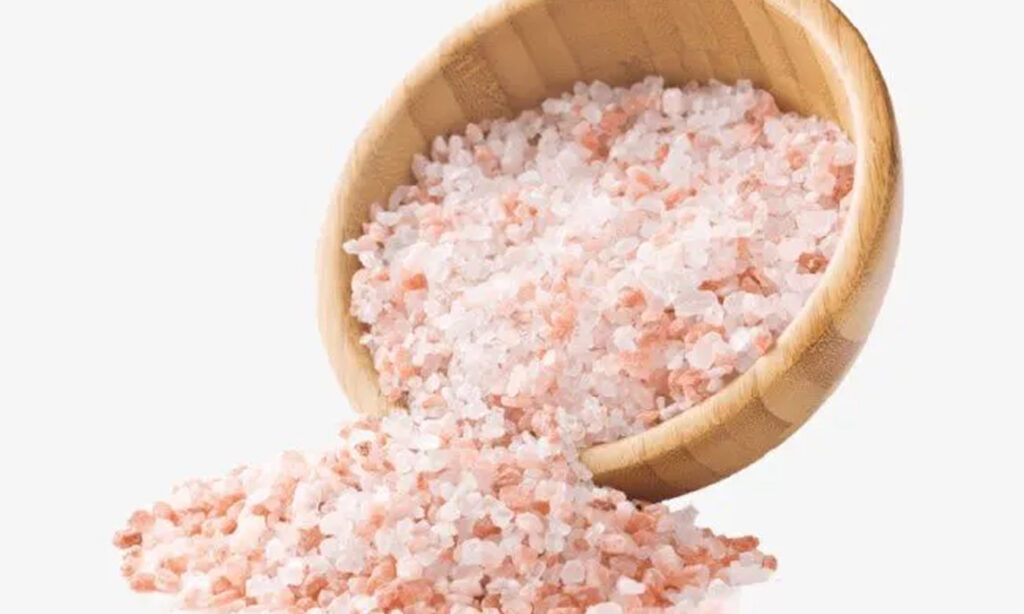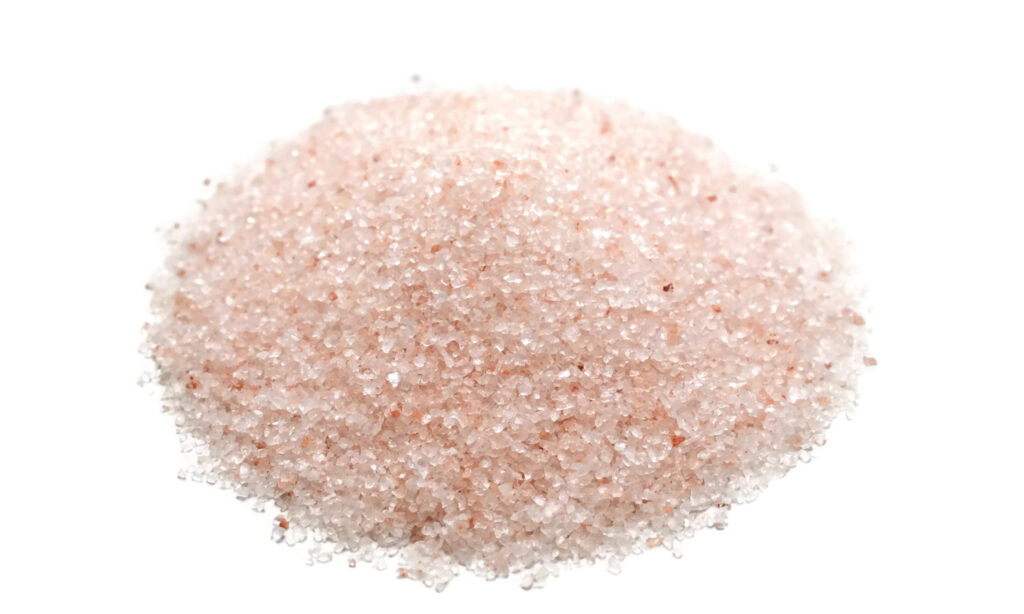Is Salt Really a Preservative?
For thousands of years, salt has been one of the most powerful and reliable food preservatives known to humanity. Long before refrigeration, vacuum packing, or industrial canning, cultures around the world relied on salt as a food preservative to keep meat, fish, vegetables, and dairy safe for long-term use. Today, despite modern technology, salt remains a crucial ingredient in the global food supply chain especially for food manufacturers, meat processors, packers, and wholesale buyers in the USA.
But how does salt preserve food? Why is it still preferred by so many industries? And what makes Himalayan and natural mineral salts such valuable preservatives for both small and large-scale operations?
This comprehensive guide breaks down everything you need to know about using salt as a preservative, supported by science, practical examples, and industry insights.
What Makes Salt an Effective Preservative?
Why Salt Works: The Science Behind Food Preservation
Salt prevents food spoilage using three major mechanisms:
1. Dehydration (Osmosis)
Salt draws moisture out of food and bacteria cells, creating an environment where microbes cannot survive.
2. Inhibiting Microbial Growth
Most bacteria, molds, and fungi need water to grow. When salt removes water, microorganisms die or stop multiplying.
3. Lowering Water Activity (aw)
Salt reduces “water activity” the amount of unbound water available for microbial growth.
What This Means for Food Manufacturers
Foods preserved with salt have:
- Longer shelf life
- Enhanced safety
- Better flavor retention
- Lower spoilage cost
- Reduced dependence on synthetic preservatives
How Does Salt Preserve Food? (Detailed Explanation)
1. Salt Pulls Water Out of Cells
Salt forces water molecules to migrate out of microbial cells through osmosis.
Result:
Microorganisms become dehydrated and die, preventing spoilage.
2. Salt Creates an Uninhabitable Environment
Most pathogens cannot survive in high-salt environments.
Examples:
- Botulism-causing bacteria die in salty conditions
- Yeast and mold growth slows dramatically
- Salmonella and E. coli cannot multiply in high-salt foods
3. Salt Enhances Fermentation (Controlled Preservation)
Salt supports beneficial bacteria while suppressing harmful ones.
Used in:
- Pickles
- Sauerkraut
- Kimchi
- Cheese
- Cured meats
Beneficial bacteria thrive, while bad bacteria are eliminated.
4. Salt Adds Flavor While Preserving
Unlike many chemical preservatives, salt improves taste.
This dual function makes salt essential in commercial food production.

Benefits of Preserving Food With Salt
For B2B Buyers (USA Food Manufacturing, Processing, & Retail)
1. Cost-Effective
Salt is inexpensive and highly efficient.
Food processors can reduce spoilage costs by up to 30–40% (Insert Stat/Source).
2. Natural & Clean-Label Friendly
Consumers prefer natural preservatives over chemicals like nitrates or sorbates.
Salt offers:
- No additives
- No chemical taste
- No allergens
- Non-GMO, natural product
3. Extended Shelf Life
Salt can preserve foods from days to months even years.
Examples:
- Salted fish: 6–12 months
- Cured meats: several months
- Pickles: over 1 year
- Hard cheeses: months
4. Improved Food Safety
Salt reduces the risk of:
- Microbial spoilage
- Harmful bacteria
- Pathogen-caused illness
5. Versatility Across Industries
Salt is used in:
- Meat processing
- Seafood industries
- Pickling factories
- Dairy and cheese manufacturing
- Snack production
- Baking
- Spice blends
- Food packaging
Types of Salt Used as Preservatives
Here’s a table comparing the most common salts used for preservation:
Comparison Table: Best Salts for Food Preservation
| Type of Salt | Common Uses | Key Benefits | Notes |
| Himalayan Pink Salt | Meat curing, pickling | Mineral-rich, natural, premium flavor | Popular in gourmet food sector |
| Sea Salt | Curing, drying, seasoning | Clean taste, natural | Excellent for large-scale brining |
| Kosher Salt | Curing meats, brining | Large crystals, dissolves evenly | Preferred in butchery |
| Rock Salt | Pickling, fermentation | Affordable, natural | Great for bulk usage |
| Iodized Salt | General cooking | Added health benefits | Less preferred for curing |
How Salt Is Used in Different Food Preservation Methods
1. Salt Curing (Dry Curing)
This method is ideal for meats.
Process:
- Apply salt directly to meat surface
- Allow moisture to draw out
- Store in controlled environment
Used For:
- Beef jerky
- Prosciutto
- Ham
- Sausages
2. Brining (Wet Curing)
Salt dissolves into water to make a preservative solution.
Used For:
- Poultry
- Fish
- Pickles
- Cheeses
Benefits:
- Enhances flavor
- Preserves moisture
- Keeps texture soft
3. Fermentation
Salt controls harmful bacteria and allows beneficial bacteria to ferment the food.
Used for:
- Kimchi
- Sauerkraut
- Pickled vegetables
Fermented foods are high-value, probiotic-rich, and trending across US markets.
4. Dry Packing / Salt Crusting
Used for seafood preservation, especially in bulk transportation.
Real-World Uses: Salt in the Food Industry (B2B Insights)
1. Meat Processing Plants
Salt helps:
- Bind proteins
- Preserve color
- Prevent spoilage
- Improve texture
2. Seafood Exporters
Salt keeps fish fresh during transport, especially:
- Salmon
- Cod
- Anchovies
3. Pickle Manufacturers
Salt is essential for:
- Brining
- Fermentation
- Shelf-stability
4. Snack & Seasoning Manufacturers
Salt prevents moisture and clumping in:
- Chips
- Roasted nuts
- Snack mixes
5. Dairy and Cheese Processing
Salt:
- Controls fermentation
- Extends shelf life
- Adds flavor
- Strengthens cheese rind
Is Salt a Healthy Preservative?
Compared to chemical preservatives, salt is:
- Natural
- Traditional
- Safe
- Widely accepted globally
But like everything, it should be used moderately according to FDA guidelines.
Why the USA Wholesale Market Prefers Natural Himalayan Salt
Himalayan Pink Salt has become a top choice in the American B2B market because it offers:
- Higher mineral content
- Premium flavor
- Clean-label appeal
- Attractive color for gourmet foods
- Versatility in meat curing and pickling
- Strong consumer demand
Wholesale buyers prefer bulk Himalayan salt due to long-term storage and cost-efficiency.
Conclusion: Salt as a Preservative Remains Essential Here’s Why
So, is salt a preservative? Absolutely yes.
Salt remains one of the most effective, natural, and affordable food preservation methods—even in the modern food industry. Whether you’re curing meats, fermenting vegetables, preserving seafood, or manufacturing snacks, salt provides unmatched antimicrobial and shelf-life benefits.
For businesses in the USA wholesale market, choosing high-quality natural salt especially Himalayan Pink Salt ensures better flavor, safer processing, and improved customer satisfaction.
If you’re looking for reliable bulk salt suppliers, premium-quality Himalayan salt, or consultation for your processing plant, visit Unique Mineral today.
FAQs: Salt as a Preservative
How does salt preserve food naturally?
Salt reduces water activity, dehydrates microorganisms, and prevents bacterial growth.
Is salt a preservative for meat and fish?
Yes. Salt removes moisture, kills bacteria, and keeps meat and fish safe for long-term storage.
What type of salt is best for preserving foods?
Himalayan pink salt, sea salt, kosher salt, and rock salt are commonly used for curing, brining, and fermenting.
Can salt replace chemical preservatives?
Yes, in many cases. Salt is clean-label, natural, and effective for most foods.
How much salt is needed for food preservation?
It depends on the method:
Dry curing: 2–3% salt
Brining: 5–20% solution
Pickling: 2–5% salt


